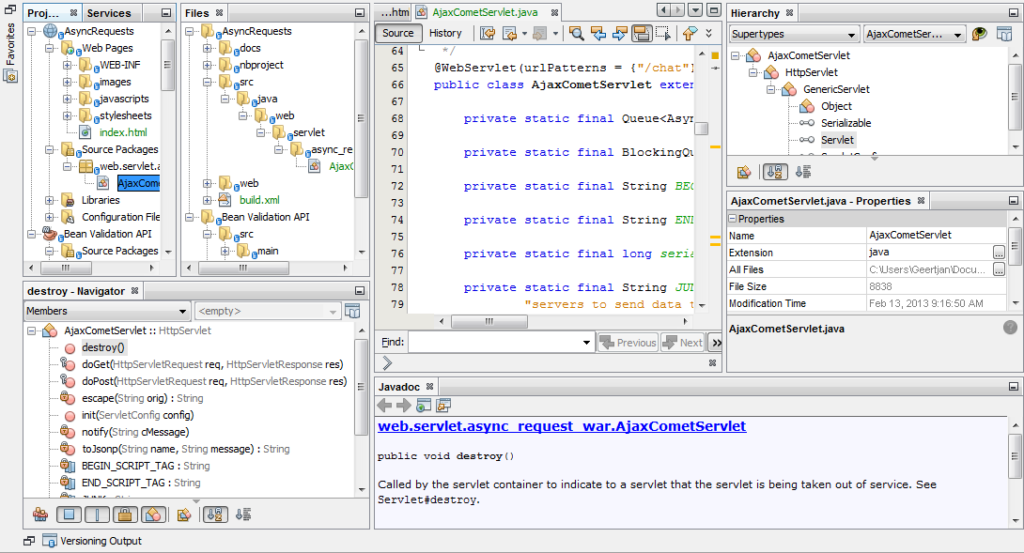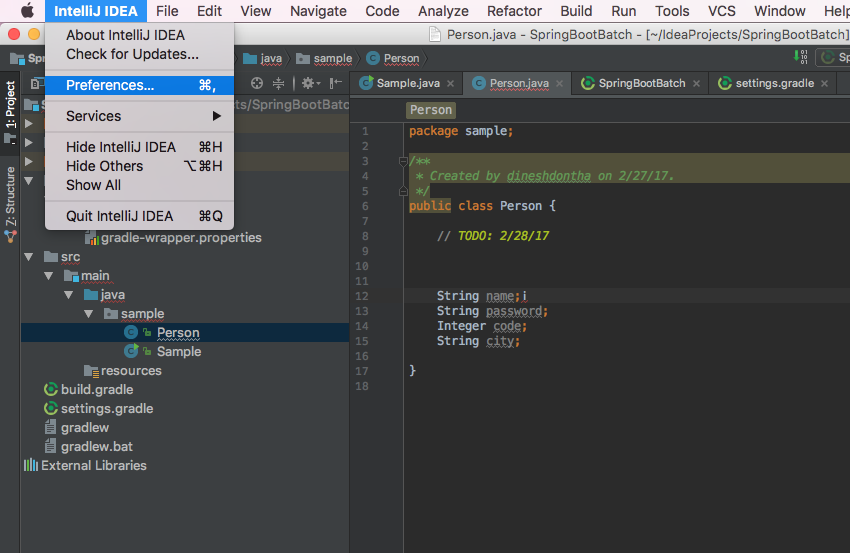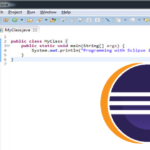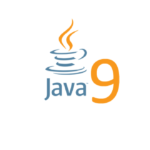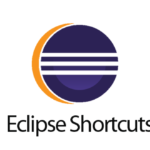In the Java world, there are a lot of integrated development environment or IDE which is considered as a crucial aspect for developing a successful mobile application. It is also important among the developers which IDE suits their interest.
An IDE or programming editor is required to utilize the Java class libraries and frameworks. To decide which IDE is suitable for you depends on several things including the requirement of the projects under development along with the team development process. Eclipse, NetBeans and IntelliJ IDEA are the three most often chosen server-side Java development.
Here, we give a short review on all of them to help ease the task of choosing the appropriate one.
What do you expect from JAVA IDE?
On a verge, you expect your IDE to support the latest JAVA version along with the JVM languages regularly in use such as Scala, Groovy etc. Also, you wish it to support the major application servers and the most popular web frameworks such as Spring MVC, JSF, Struts, GWT, Play, Wicket, Grails, and Vaadin. Compatible IDE against the version control systems for team development uses, for example, Ant, Maven, SVN, Mercurial etc. As an extra feature, it should also handle the client and database layers, embedded JavaScript, HTML, SQL, JSP, Hibernate and JAVA APIs.
Eclipse
An IBM released Eclipse is in existence since 2001 as an open source platform. It is also operated in both open source and commercial projects. Although it started in a modest manner, it has widely gained popularity as one of the major platforms which is also used in several different languages.
The advantage using the Eclipse is it has a plenty of plugins which are customisable and versatile. It works in the background compiling code and reports errors as they come up. Eclipse comes with a lot of features of editing, browsing, refactoring and debugging for Java server development.
Courtesy – Image
Eclipse is whole of visual containers which offer a set of views of editors. Basically, it does everything you want your IDE to be and integrates with most of the tools. Developers choose Eclipse for its ease in use and open source platform. It can be a little trouble for newbies to work with but steadily it becomes a great experience to work with it.
NetBeans
NetBeans which was originally a part of the Sun systems has now slipped into the hands of Oracle. It is a free and open-source IDE platform. This IDE is used to develop the software for all versions of JAVA. It also supports a variety of plugins which you can work with.
This platform works as a framework for the development of JAVA swing desktop applications. No additional SDK is required for the NetBeans IDE in JAVA SE which uses the plugins and platform based applications for developing.
Courtesy – Image
NetBeans offers several editions like PHP, JAVA SE, JAVA EE and many more which you require for your project development. You can also find tools and editors which are used for many web technologies as well. NetBeans supports the drivers for JAVA DB, PostgreSQL, MySQL, and Oracle which ranks it more than the Eclipse. The Database Explorer allows you to easily create, modify and delete records and tables within the IDE.
IntelliJ IDEA
IntelliJ IDEA which is a part of JetBrains is available in both free source and a commercial edition. Already, we are aware of the Resharper plugin for Visual Studio in C# development by JetBrains. IntelliJ supports a variety of languages such as Clojure, Groovy, Scala, Java and many more; it also has features such as advanced forecasting, code analysis, and smart code completion. The ultimate commercial version which mainly targets the enterprise sector supports PHP, Ruby, Python, SQL, and ActionScript.
Courtesy – Image
Recently, it has launched version 12 which comes with the new Android UI for Android app development. It allows users to submit more plugins by using its built-in Swing components and features several user-written plugins for enterprise edition.
There are even many alternatives available to the Eclipse, Netbeans and IntelliJ IDEA. For example, Visual Studio to utilize the state of art tools and services to create great applications for devices using cloud too. Other options stand on the Android Studio based on IntelliJ IDEA android development environment, Xcode that provides a complete toolset for building great applications and PhpStorm IDE for the professional PHP and Web developers.
Conclusion
We saw the comparison between the Eclipse, NetBeans and IntelliJ IDEA above and also sighted some other suitable alternatives for the different purpose. It all depends on the developers and the project requirements which is the most suitable IDE for them.
Among all, the Eclipse is regarded as the widely used IDE as it is an open source which also allows it for personal and enterprise purpose. All different IDE serve different purposes so it is the ultimate choice or priority of the developers to use the appropriate platform for building user-friendly applications. Therefore, it is always recommended to basically install all the IDE platforms, operate it and then choose wisely the most convenient one according to your project requirements and developer-friendliness.
Author Bio
Kibo Hutchinson is a Technology analyst at TatvaSoft UK which is a Java-based & Big Data Development Company in London. She strongly believes that knowledge is meant to be shared and in this post she is sharing her insights on Java.

